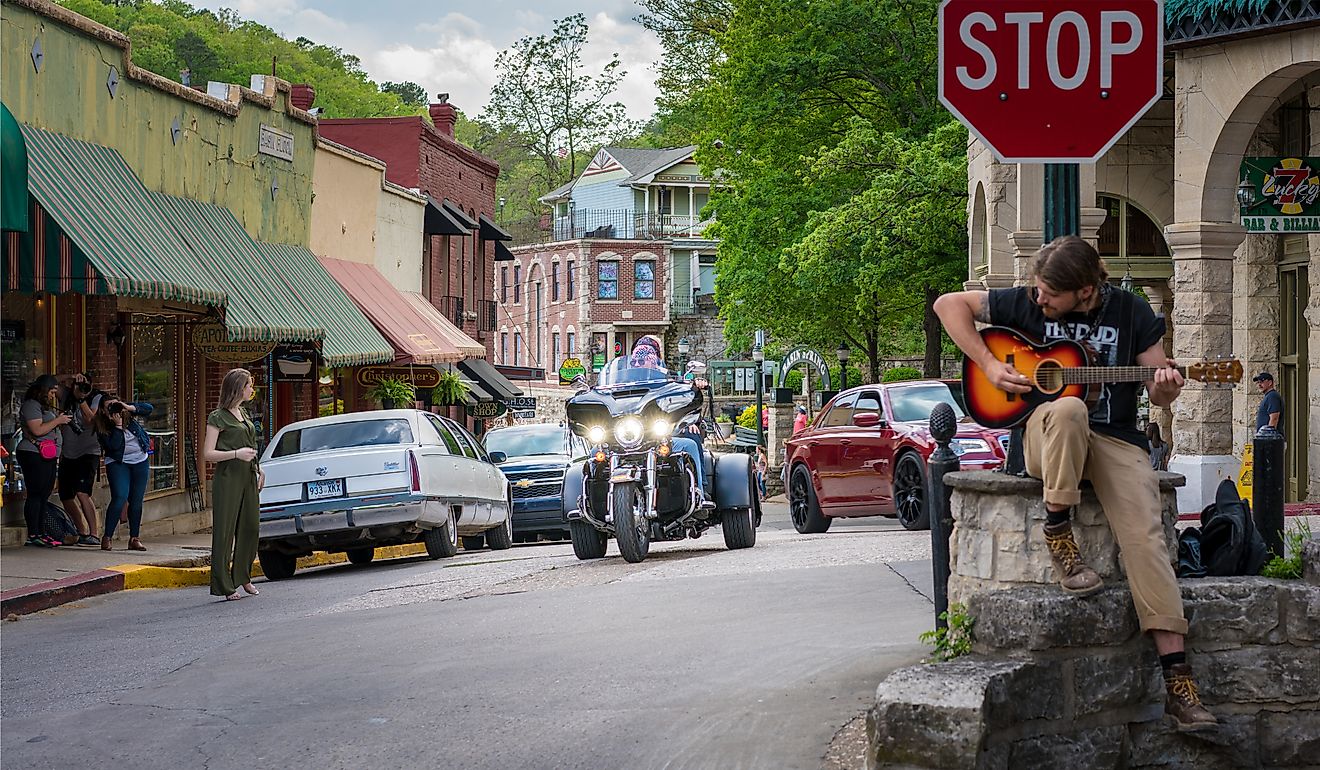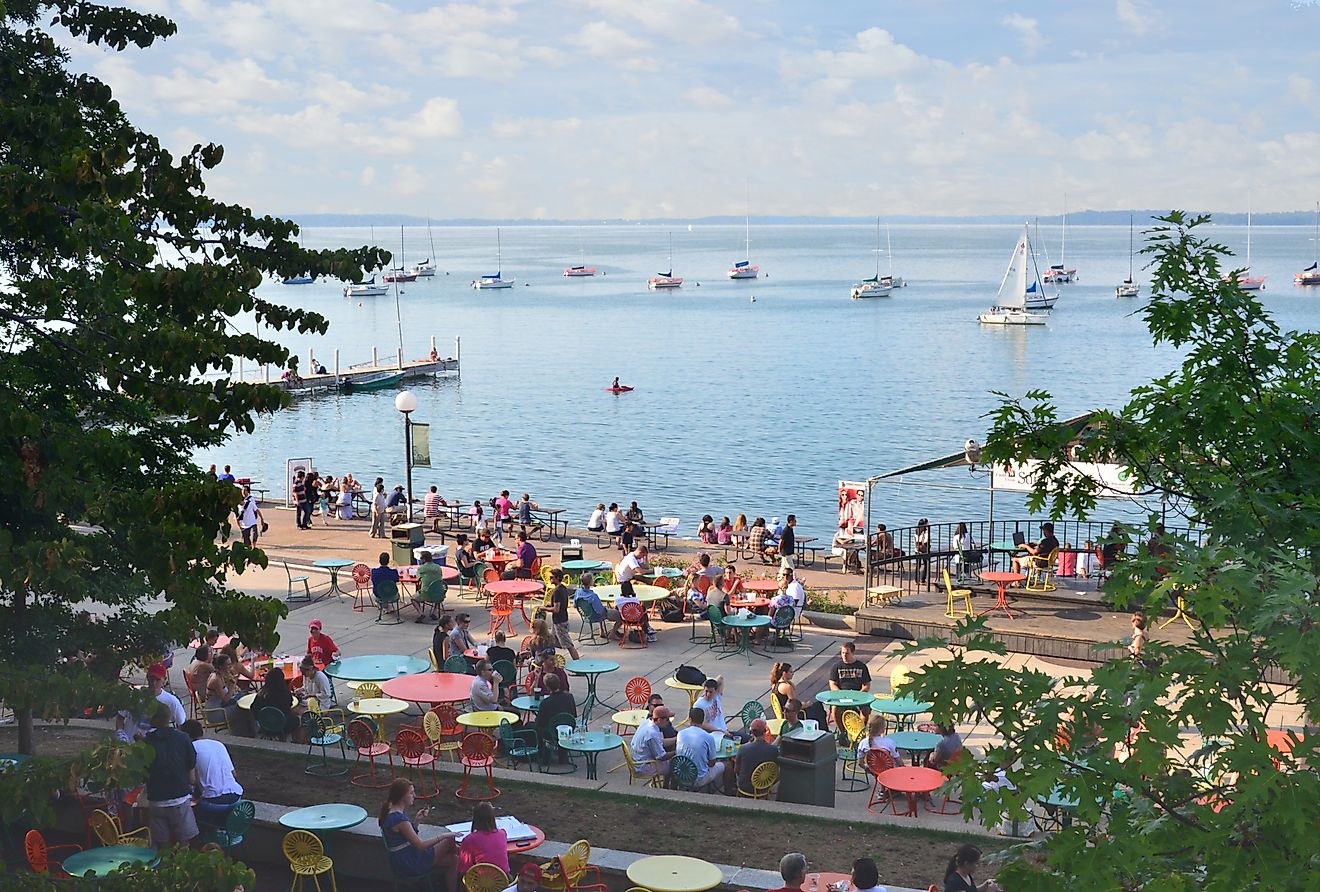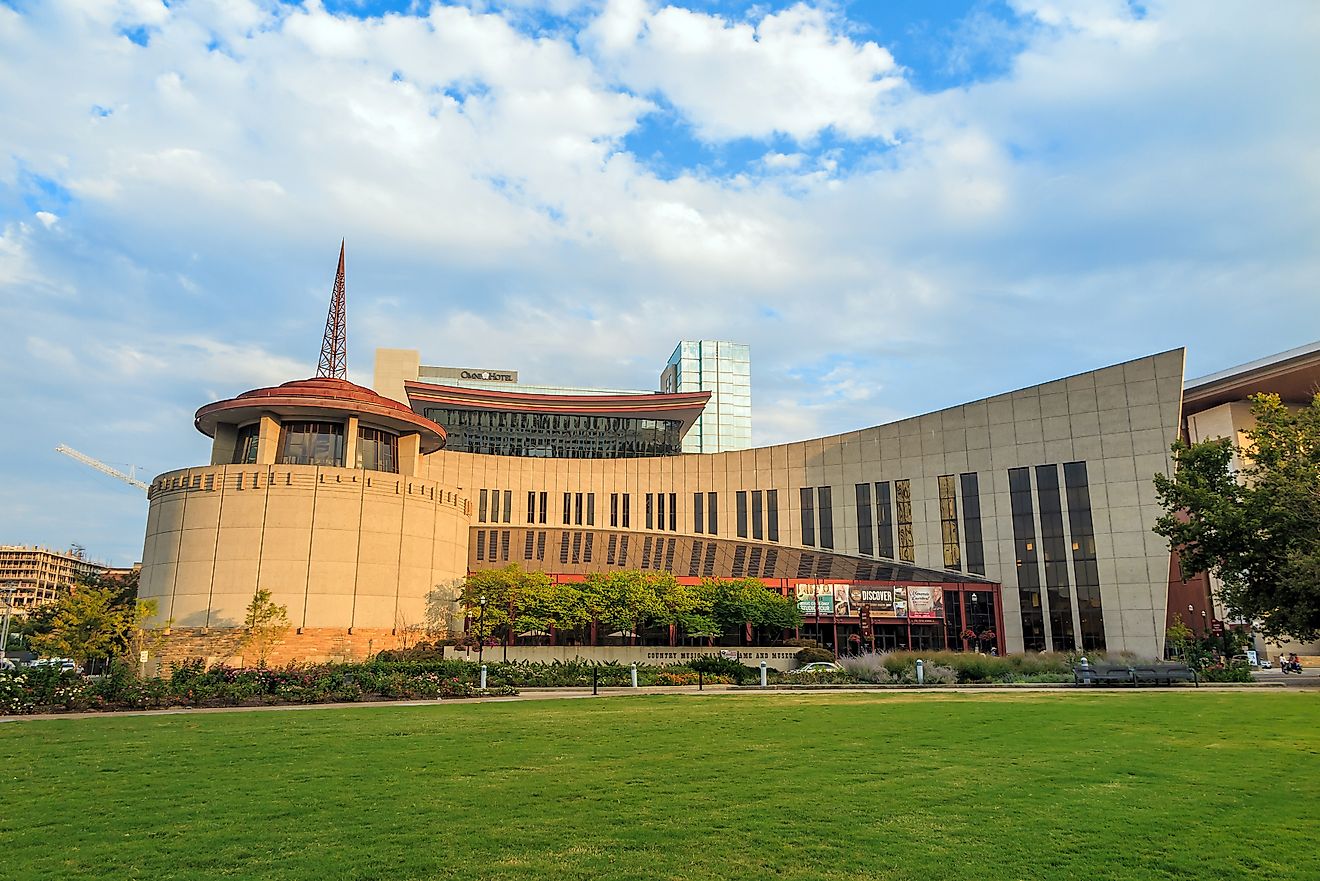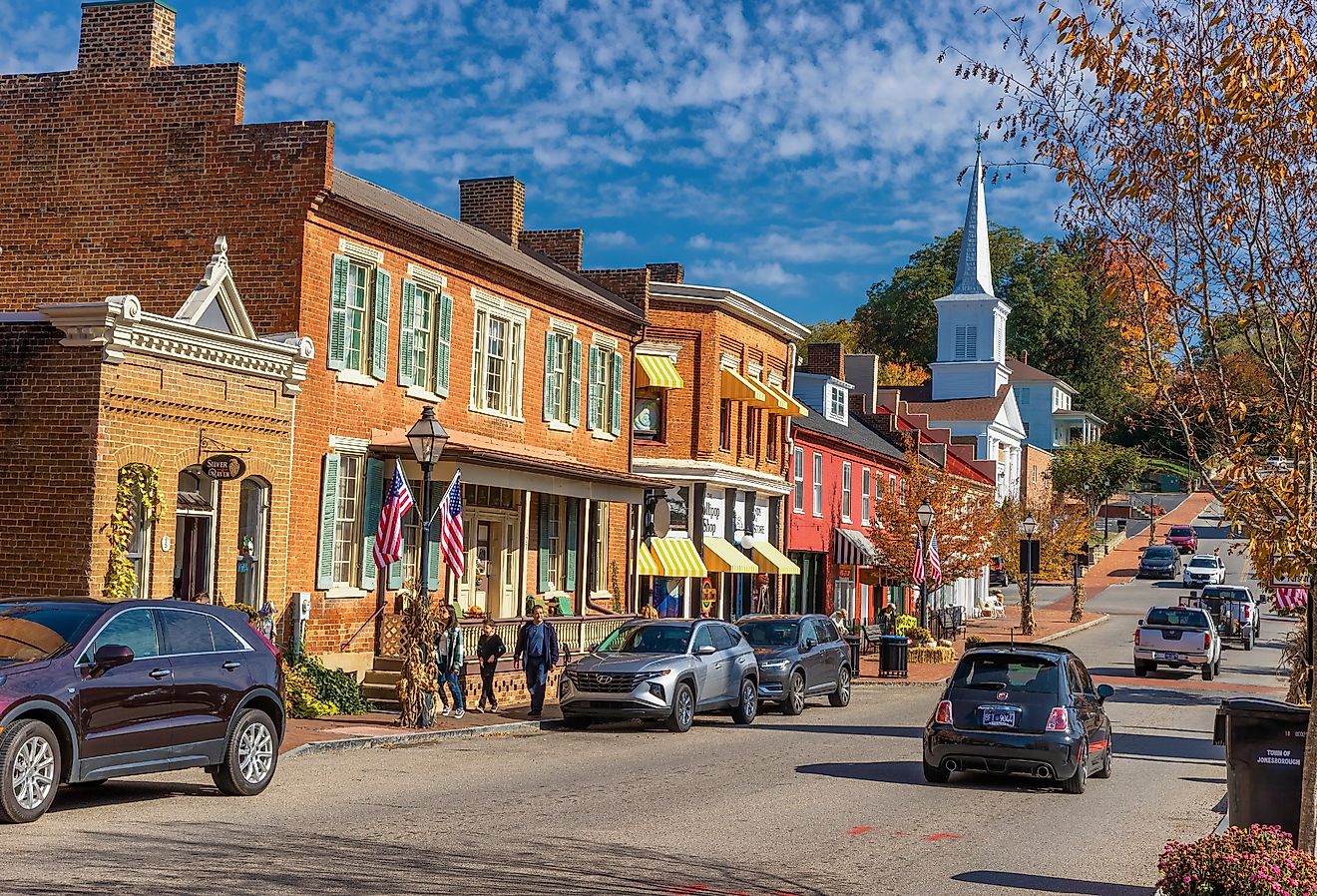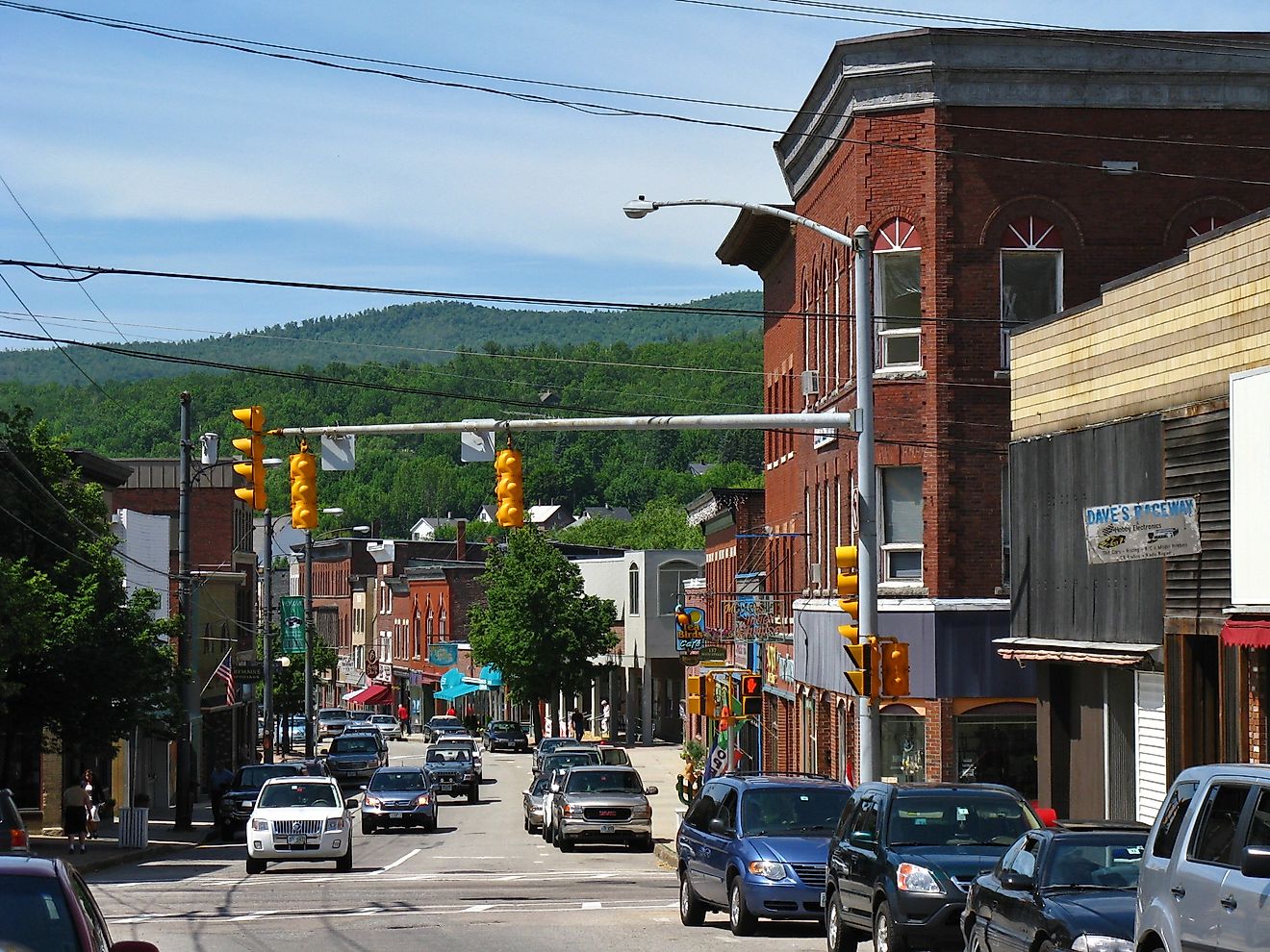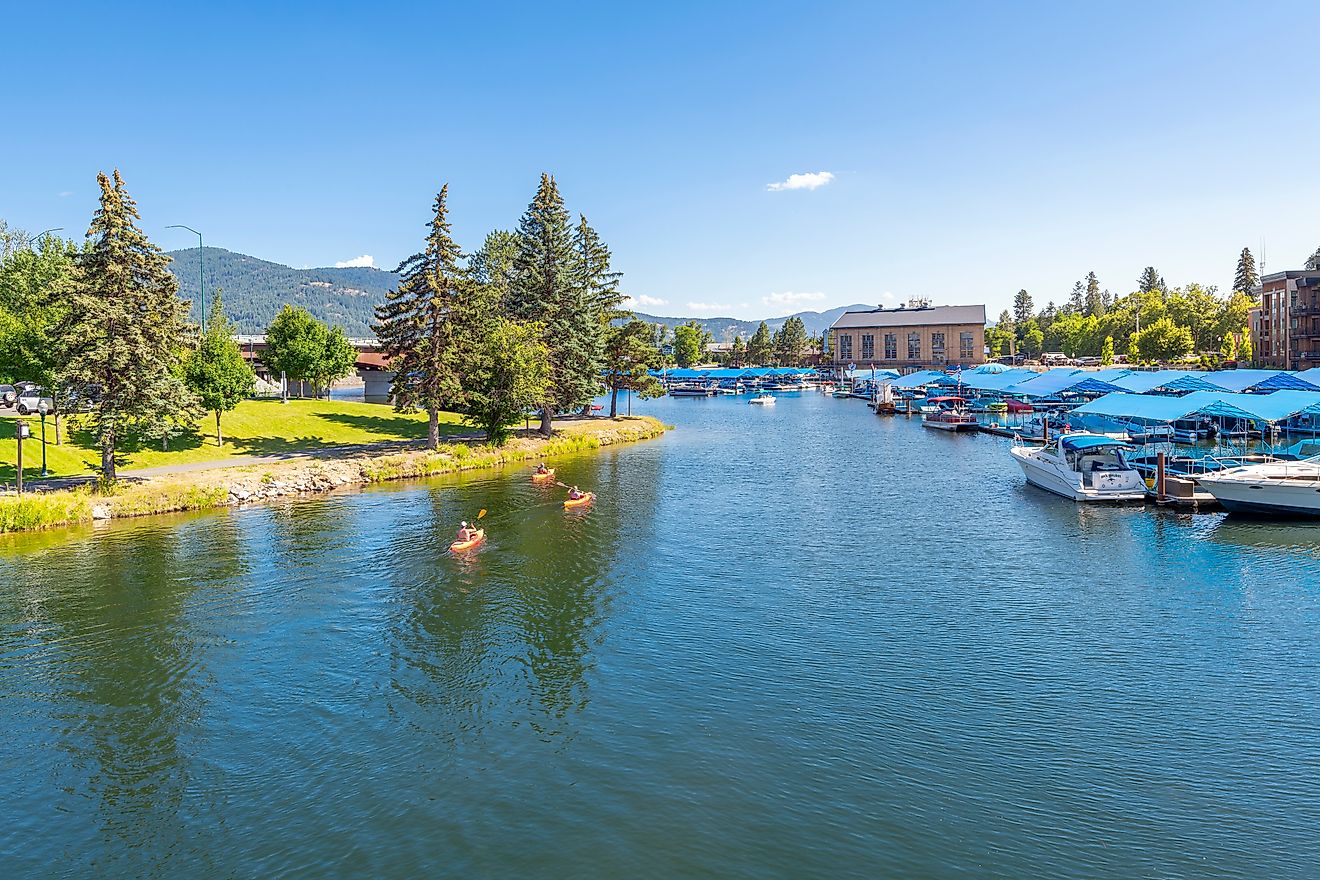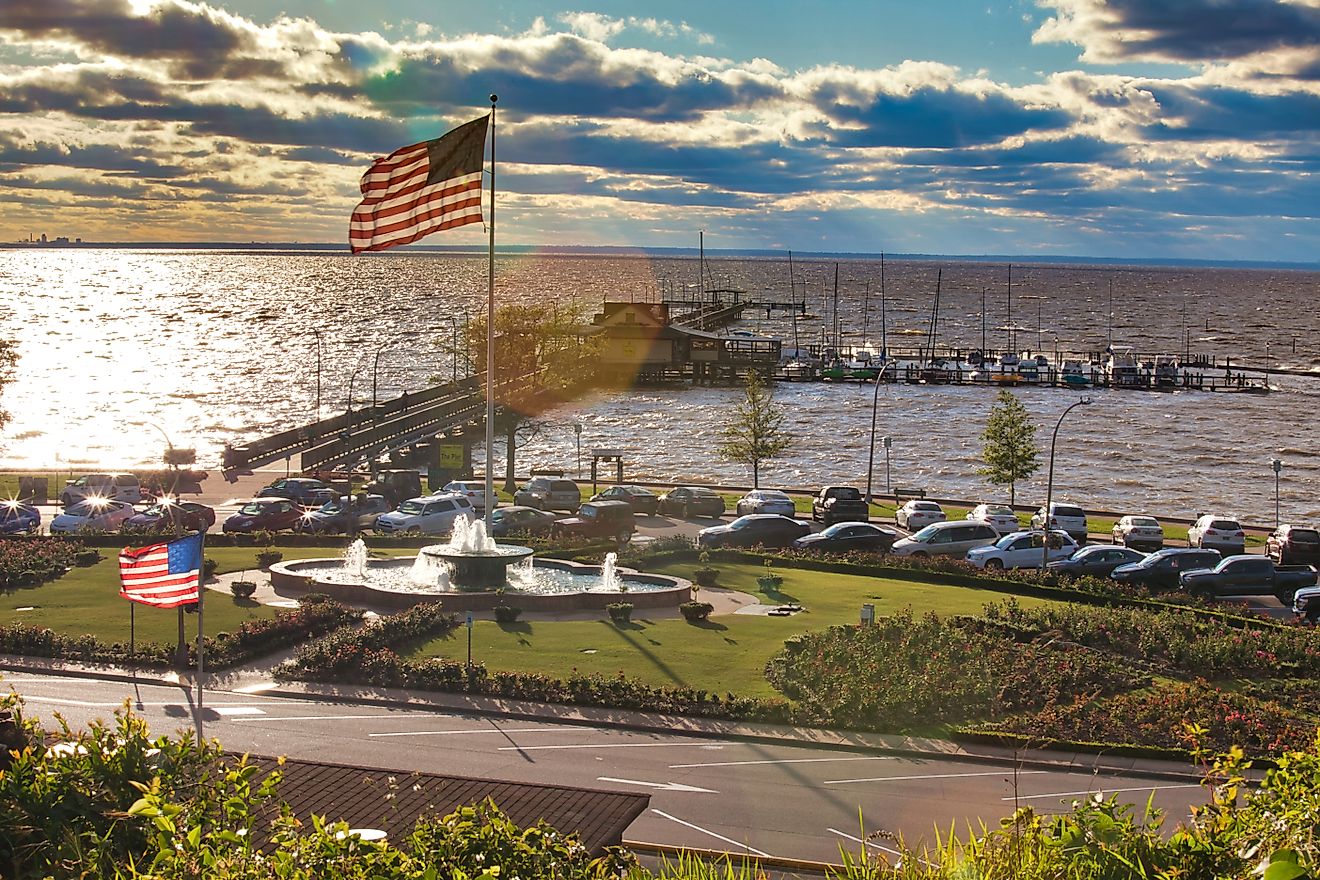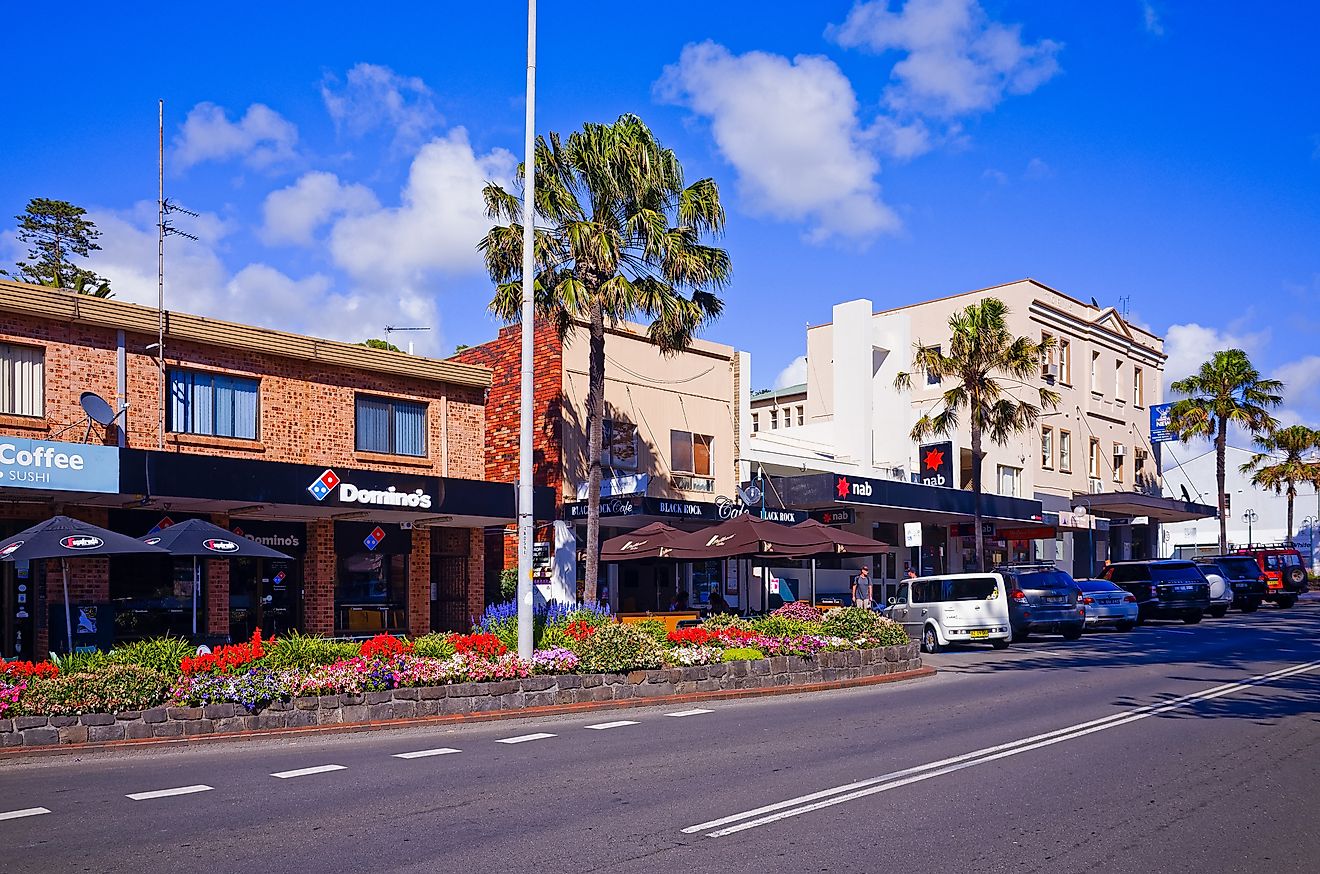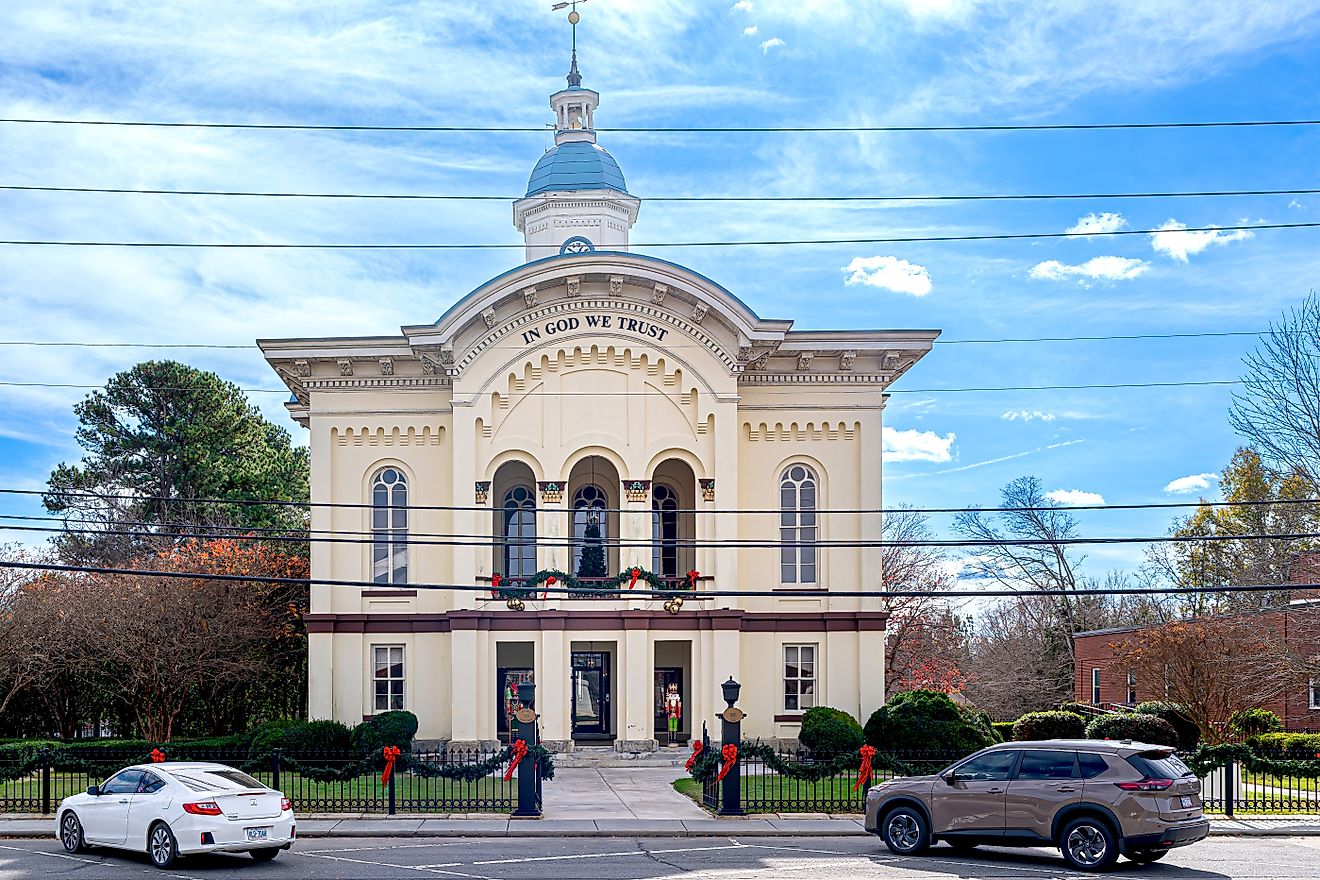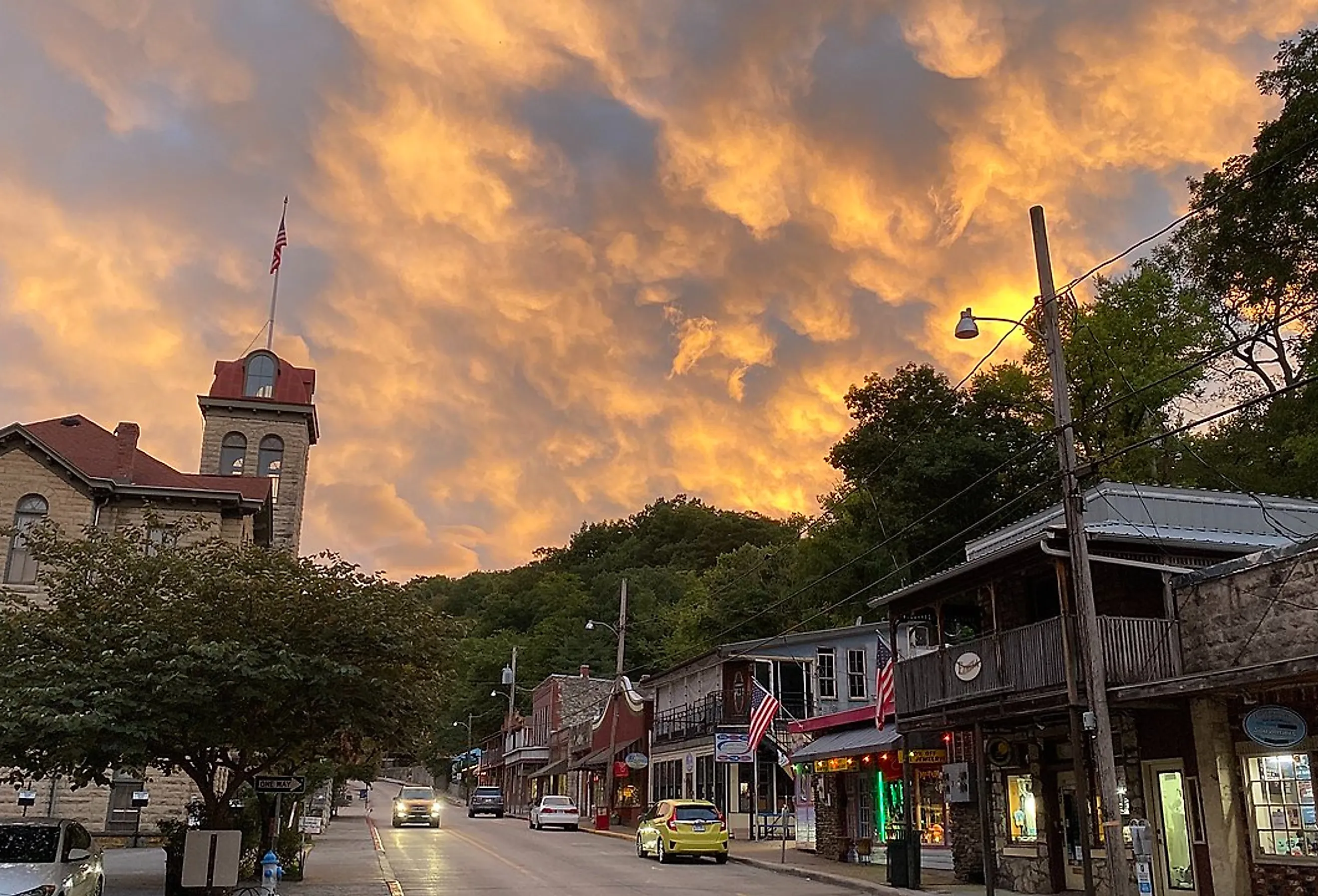
Eureka Springs, Arkansas
Often referred to as the "Magic City," Eureka Springs is a historic city and one of the two county seats of Carroll County in Arkansas. This quaint place, nestled within the Ozark Mountains boasts beautiful natural springs. Thanks to this location, the city is uniquely developed along steep ridges with slanting stairways that attract people all year round. Whether you want to enjoy the stunning architecture or the springs, there is something for everyone here. Moreover, the city boasts lovely Victorian-era architecture making it a perfect tourist spot with fabulous places to stay and a peaceful vibe that is welcoming.
Geography Of Eureka Springs
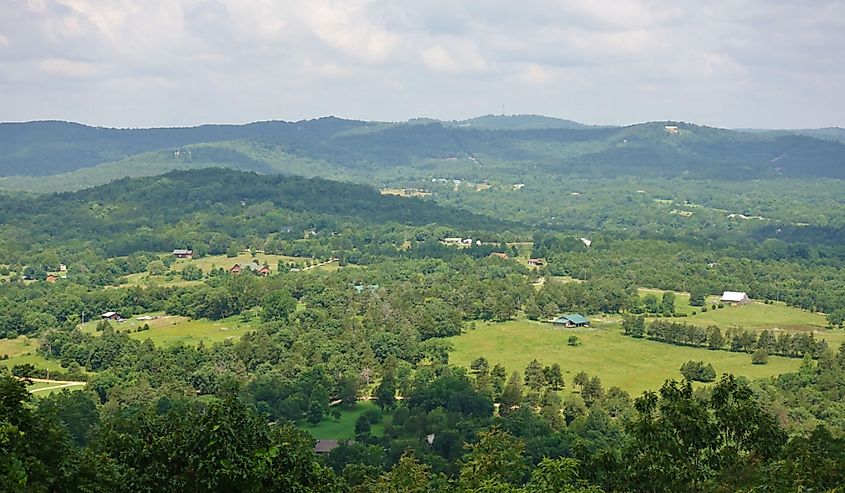
Eureka Springs, located within the beautiful Ozark Mountains, is just south of the Missouri-Arkansas border. Due to this, the city has a unique geographical landscape along the steep mountainside of the Ozarks. Most of the city is in a central valley, and thus, the layout involves winding up-and-down paths, slanted platforms, and connecting staircases. The town is home to many natural wonders, including several freshwater springs and numerous caves. Eureka Springs itself has a total area of 6.90 square miles out of which the majority is land area. Leatherwood Creek is a tributary of the White River nestled in the center of Eureka Springs. While located within the mountains, Eureka Springs' average elevation is approximately 1,260 feet, which is significantly lower than the national average of 2,500 feet. This is because the city is primarily located along the base of the mountains in a low-lying valley.
Climate Of Eureka Springs
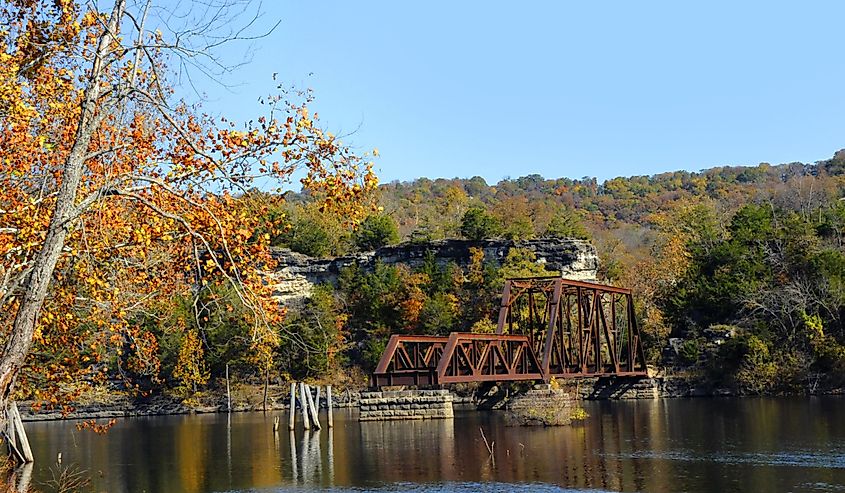
According to the Koppen Climate Classification, Eureka Springs has a humid subtropical climate. This means that the city has quite a varying climate with hot and humid summers and dry winters. While summer can see temperatures as high as 89°F, it is colder in winter, and January lows dip to around 28°F. Overall, the city sees an average temperature of 57°F throughout the year, slightly higher than the national average of 52.7°F. Thanks to this, you can visit Eureka Springs throughout spring, summer, and even fall to enjoy decent temperatures which are not below freezing or too hot. In terms of precipitation, Eureka Springs gets an average of 47 inches of rain per year which is 17 inches more than the national average! However, this additional rainfall is offset by the minimal nine inches of yearly snowfall which the city sees, primarily in January.
Brief History Of Eureka Springs
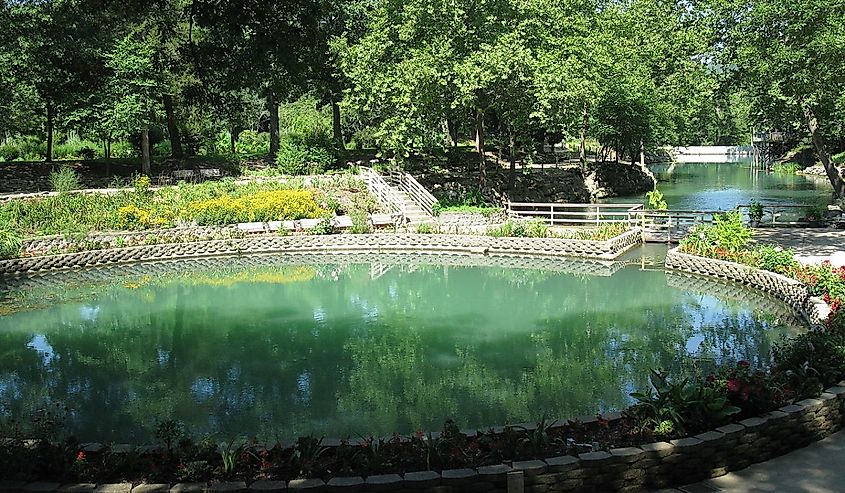
Considering its name, it is no surprise that the history of Eureka Springs revolves around the natural springs within the area. Nestled along the hillside in this Ozark valley, the natural springs were once famous for their healing properties which could cure ailments. With early reports from Native American legends calling it the "Great Healing Spring," this tale was further bolstered by European Americans who believed in the spring’s healing power. The first white settler to discover the springs was Dr. Alvah Jackson in 1856. However, it was not until a man by the name of Judge J.B. Sanders claimed the spring water healed him that the city took shape. His promotion of the city worked so well that by 1880, the town was incorporated and the following year, it had a reported population of 5,000 inhabitants!
With people developing houses, tents, and all manner of constructions along the steep hillside, Eureka Springs was also becoming a famous tourist spot. Over the following century, Eureka Springs maintained its spot as one of Arkansas’s most famous tourist locales and also managed to remain beautifully preserved. Many Victorian buildings from the 1890s are still intact giving the place a combination of natural, historical, and modern appeal. With so much beauty and history, the National Registrar of Historic Places added the Eureka Springs Historic District in December 1970. Since then, it has exuded beauty and is a prime location to visit in the lovely Ozark Mountains and the state of Arkansas.
The Population And Economy Of Eureka Springs
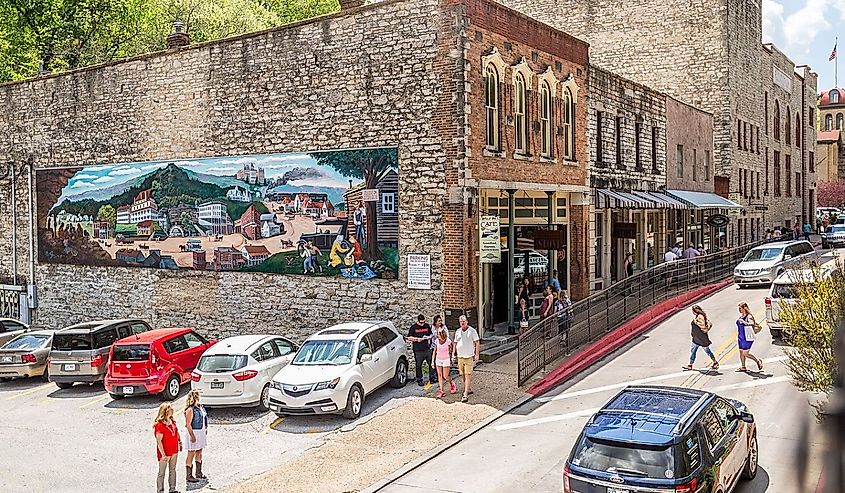
According to the 2020 Decennial US Census, the population of Eureka Springs, Arkansas is 2,166. This population has declined over the past century as the city has shifted into more of a tourism-based economy. The population’s racial background primarily consists of White individuals who make up 85%, Hispanics who are 6% of the population, Native Americans who make up 1-2%, and a remaining 8% split between African Americans, Asians, or other racial groups. Surprisingly, the median age in Eureka Springs is 52.2 which is significantly higher than the state average of 38.5.
Eureka Springs has a total of 954 households with a median household income of $38,000. This is significantly lower than Arkansas’s state average of $52,528. However, the income averages in Eureka Springs vary as married-couple families have a much higher median of nearly $70,000 per annum. Thanks to this, the poverty level in Eureka Springs is 10.6%, which is approximately 6% lower than the poverty rate in Arkansas.
Attractions In Eureka Springs
Eureka Springs Historical Downtown Area
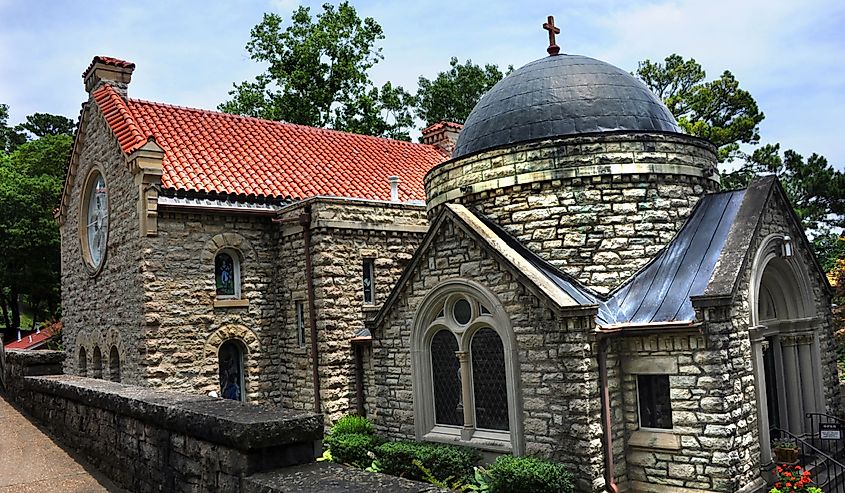
A testament to the historic value of the city and part of the National Registrar of Historic Places, the Eureka Springs Historical Downtown Area is a must-visit in the city. The district is flush with lovely Victorian-era architecture, including St. Elizabeth's Catholic Church, nestled along the steep hillsides for a unique appeal. The Crescent Hotel and Spa, once a hospital, is another popular and reportedly haunted destination, that you can tour, or if you are brave enough spend the night. Along with the well-preserved buildings, there is also a plethora of arts, music, and culture to experience throughout the small shops and stores in this district. A stand-out landmark in the area is the Grotto Cave and Springs, located on upper Spring street. Eureka Springs is one of the best places to check out in the state to enjoy history, art, and nature.
Turpentine Creek Wildlife Refuge
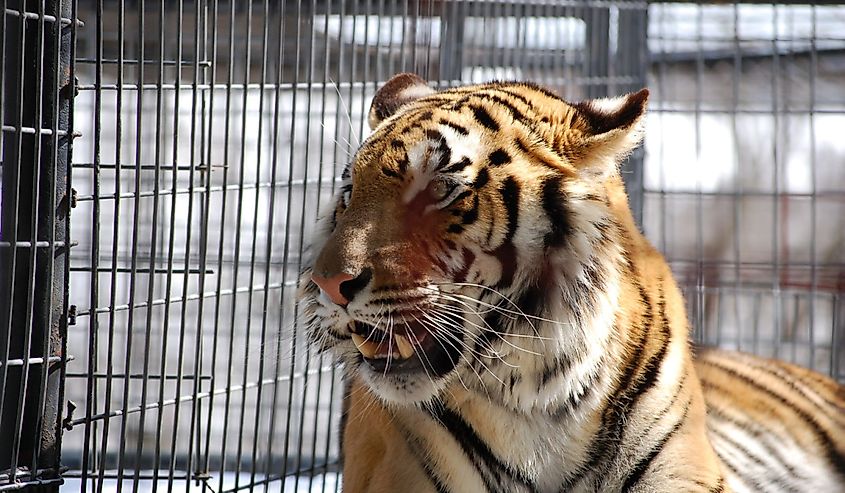
Taking a step back from the beautiful architecture, you can find an endless expanse of wildlife and nature in the Turpentine Creek Wildlife Refuge. With 459 acres of protected land, Turpentine Creek is home to over 100 animals, including some fantastic species such as tigers, black bears, lions, cougars, and monkeys! They are working to protect and promote these animals so they can thrive in a natural area. So, for those nature lovers, Turpentine Creek is an ideal attraction to visit.
Blue Spring Heritage Center
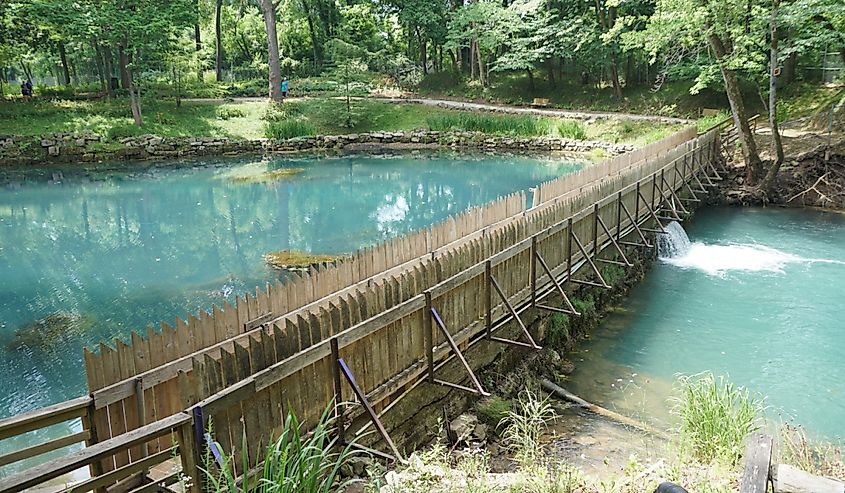
When visiting Eureka Springs, enjoying the beautiful natural springs is definitely one of the main attractions. Thus, the Blue Spring Heritage Center which is home to the mesmerizing Blue Spring is a place to see. The beautiful spring has been a tourist attraction for more than 70 years, as it pours a whopping 38 gallons of water per day into a lagoon of trout-filled water. Add on the 33 acres of woodlands, meadows, and even hillside views in the center and it is the perfect family destination.
